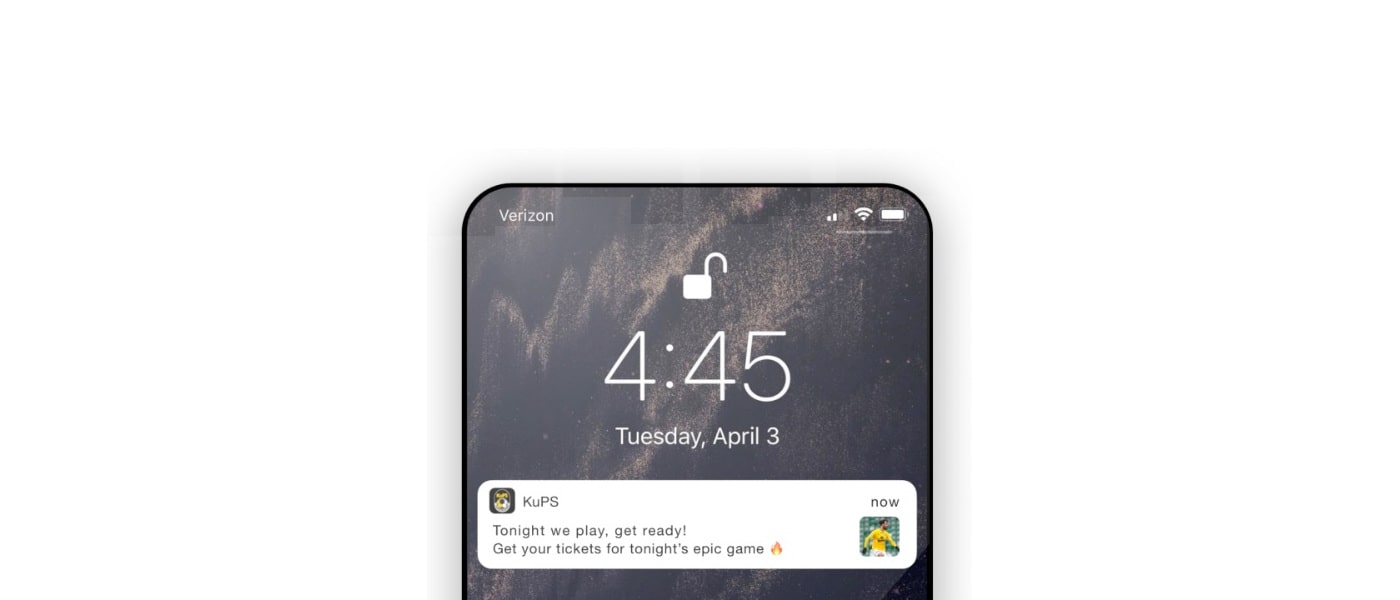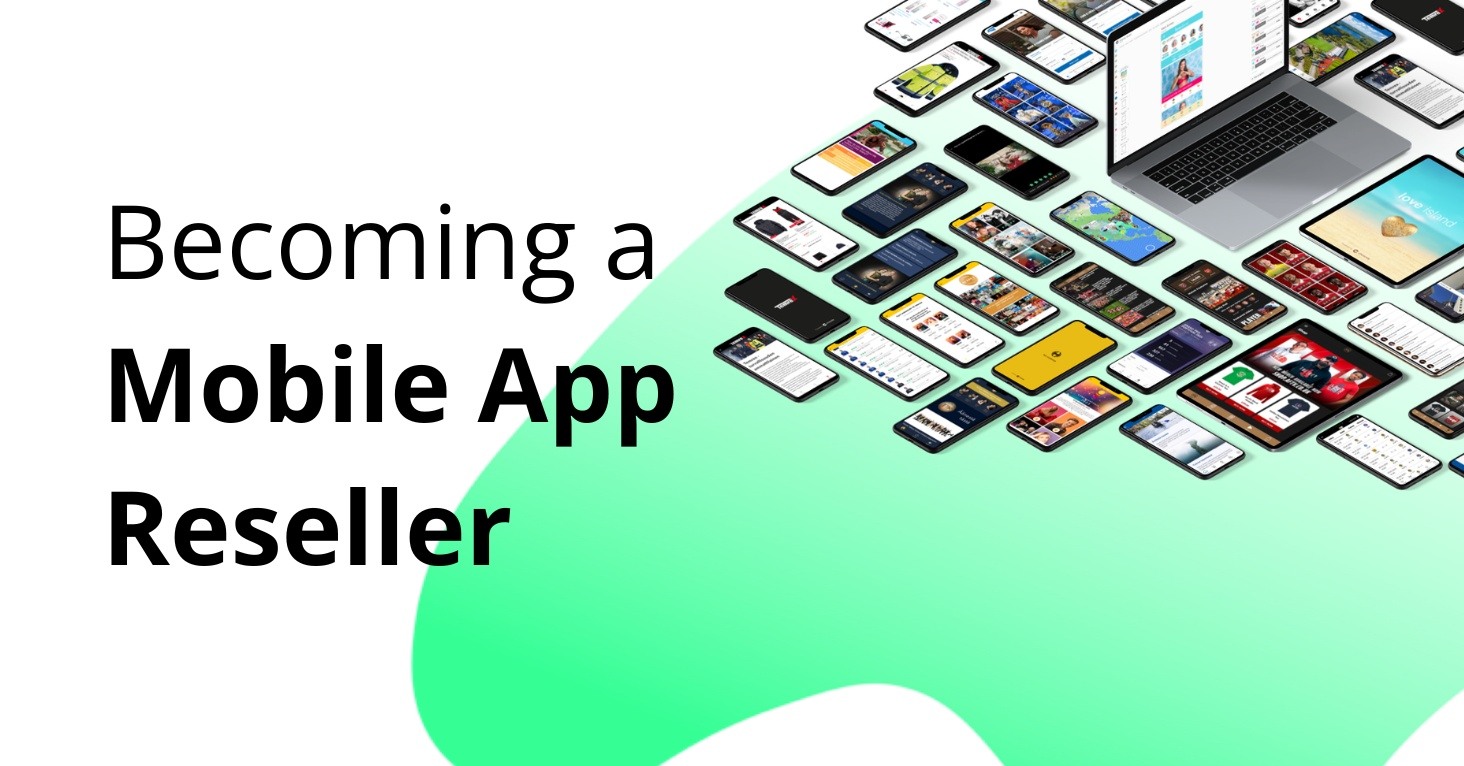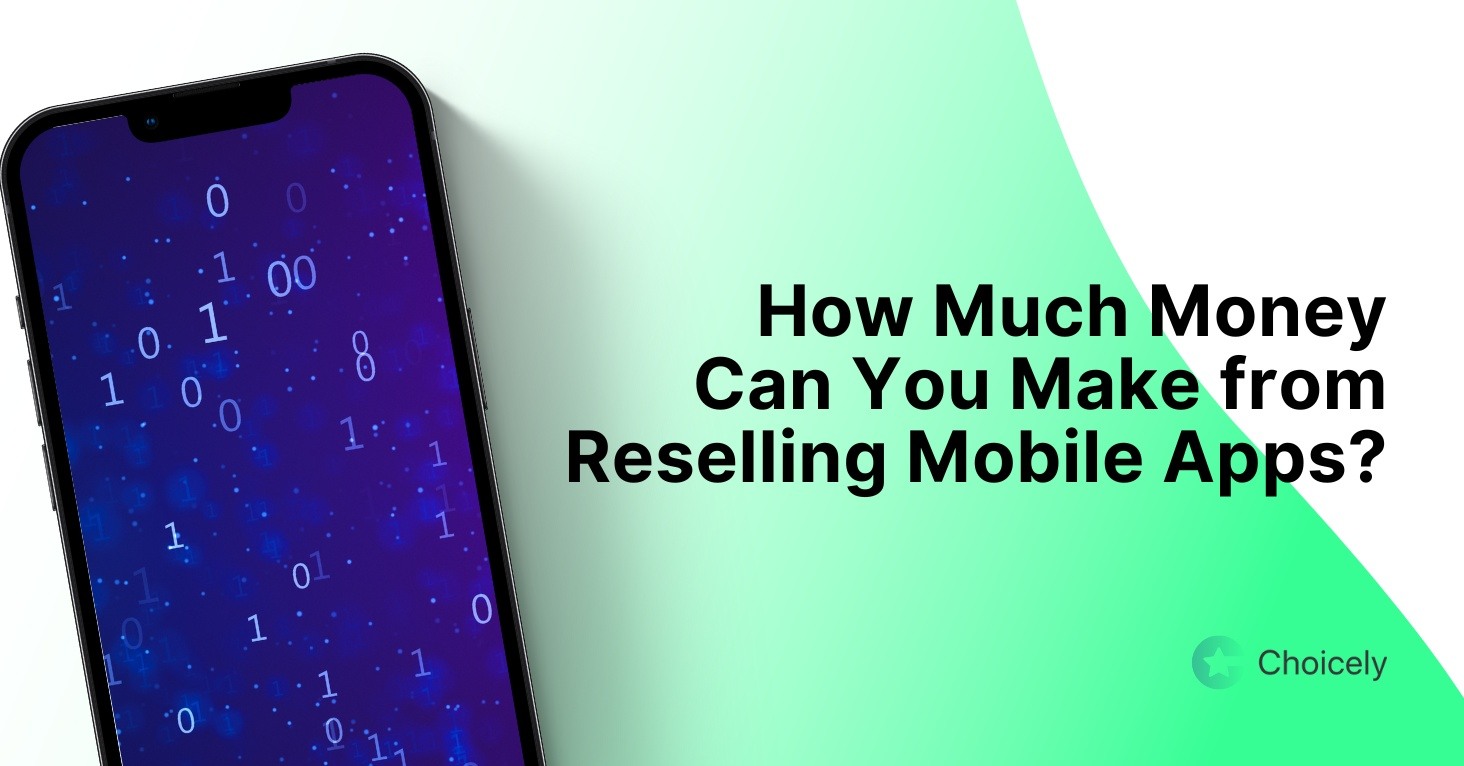- App Platform
- Pricing
- References
-
Apps as a Service
-
Mobile App as a Service
Get a tailored app done for you
-
 Convert website into app
Convert website into appGet an app prototype in 2 minutes
-
Contest Voting App
Boost your voting contest with an app
-
Pageant Voting System
Create a flashy app for your pageant
-
Fan engagement app
Grow your fan engagement with an app
-
News app
Grow engagement with your readers
-
Event app
Engage your attendees
-
 TV Show app
TV Show appGrow interactions with your viewers
-
- Resources
- Work With Us
app marketing

How to run your mobile app in practice
Apps are great tools for reaching your core audience. Learn how to run your mobile app in practice as an integral part of your digital marketing strategy.
Kaius, CEO
Dec 28, 2022

Practically everyone uses apps as consumers. But how many businesses actually have their own app, and use it in their marketing?
At the moment, those companies are among the biggest and richest.
This situation is changing fast thanks to no code app builders like Choicely. App builders lower the cost of making an app, and speed up the time-to-market. Learn more about no code mobile app development here.
Today more companies have a realistic possibility of making an app. Because apps are a new channel for many of us, implementing one might feel scary. Even if the cost wouldn't be an issue, one might still have questions about apps, like:
- How does my marketing benefit from an app?
- How would I use my app in practice?
- Is it a lot of extra work on top of everything else?
- Is it difficult to update and edit the app?
Let’s dig into these questions!
Reaching your own core audience in today’s marketing
Today, it is difficult to reach your own audience without paying extra money to advertising platforms.
Several years ago – around 2016 – social media algorithms started to become unwelcoming towards company pages, and links to external websites. It has been the case ever since. Now company pages only reach a certain percentage of their followers, unless you “boost” the posts by targeting ads to your own following.
How to reach your core audience then? Direct marketing channels aren’t a conclusive solution either. Email click rates are going down as inboxes tend to be already saturated with emails; according to MarketingCharts.com and Epsilon click rates dropped by 42% during the 2010's in North America.

This is where mobile apps shine. You’ll get your push messages delivered with less competition: you don't have to fight social media algorithms or crowded inboxes. You’ll reach your app users for free, with an unrivaled customer experience.
Not everyone downloads your app, but those who do are more likely to be your loyal customers and fans. With an app you can communicate with those who want to hear from you on a consistent basis.
What’s the role of a mobile app among your digital marketing channels
So, apps are the channel for superfans and loyal customers. Apps will help you give them premium treatment and a VIP pass to your content.
Use your app to centralize your content into one place:
- bring your website content to your app automatically – all content or the select ones.
- show your social media feed in the app, or simply provide links to your social accounts.
- generate leads for email nurturing or sales campaigns.
- encourage customers to use the app in your physical location, using loyalty campaigns, offers or in-app purchases.
On top of these, you can create visual and interactive content where apps are at their best. Apps are somewhat comparable to direct marketing channels. The difference is that apps enable versatile means for two-way communication. You can interact with your audience by with features like reactions, commenting, voting, feedback collection, messaging, and so on.

This way, apps can become a centralized content and interaction hub among your core audience.
Apps have similar capabilities as the other channels. Still, the channels work best in tandem. Not all platforms serve the same function and get followed by the same people. Your fans usually find your brand through other channels. Thereafter, your app is an “upgrade” to the next level of the customer relationship.
Website vs. apps
Websites are usually seen as the biggest “competitor” for apps. Isn’t the website your content hub afterall? Well yes, that too. Here’s a comparison of websites and apps:
Websites
Your website is where you get found, especially through organic search. Usually your website ranks number one there – not an App Store or Google Play listing. If a person knows the name of your brand, it’s natural to look for the name on a search engine. Some might even type the full address on the browser address bar.
The website offers a decent landing page for all devices. Compared to apps, it has inferior user experience in a mobile setting. Mobile apps can be made pixel-perfect whereas there’s less control of the exact outcome with websites.
Apps
Apps are often important from a branding point of view – it’s the premium brands that tend to have an app. It shows you’ve gone the extra mile, you’ve made this platform that’s easy to use for your customers.
The user experience is great in apps. With apps it’s easier to reach your brand, find information and perform transactions with you.
Customers can buy more just because they love your app, and the functionalities it provides. Here’s a couple of our examples from our personal experiences as consumers:
- If a customer uses a clothing store app where they can mark down your favorite clothes easily, it already commits them to do more purchases later.
- If a customer prefers to use the same app to order takeaway, it’s cumbersome for them to switch restaurants or apps. They would rather keep on using the same app and explore the restaurants that are already there.
Apps also have great opportunities that other channels don’t. Apps have access to all the features of the mobile phone – like GPS, camera and flashlight. Those can be run from within the app to support its functionalities.
Running your own mobile app
So how to run your app? And how much time and resources does that require? How does your daily work change?
Here’s some tips on how to be successful with your app, and use your time and resources wisely:
1. Use automation
You can automate a lot of the app updates.
New content from other channels – like your website or social feeds – can be published to your app automatically. The publishing can also be semi-automatic: the content appears in the app builder but you’ll decide if it will be published or edited before it goes live.
Same goes with sending push messages. You can send automatic push notifications for all new content, control every send – or something in between. It depends on your preferences and the use case.

2. How to make the most out of your time and resources
So how much work does it require to make content updates in the app? How much does it affect your work?
Our answer is: there won’t be a drastic change. Updating the app doesn’t take many hours off your week, in our experience it takes about 2 to 4 hours depending on the case and how you want to do it.
Balance out these added hours with less focus on other things. Cut the least impactful activities off your to-do-list to be successful with the app!
To make the most out of your app, build it around your usual routine. You’re most likely already publishing content on your website and social media. Add content updates to the app into the same routine.
3. Add the app to your content calendar
If you have a content calendar, add updating the app content to it so it’s easy to follow what to do and when. We definitely recommend establishing a calendar if you haven’t.
Use a running weekly calendar, a monthly calendar or even a yearly clock – depending on how far ahead you plan content. As the calendar you can use Excel or Google Sheets, an actual shared calendar, or a project planning tool that has a calendar view like Asana. In any case, make sure the content calendar is easy to use and access for the people who need it.
Fit the calendar into the cycle of your business. How often do you publish new content? What are the major dates of the year? Define the content topics and distribution channels, and mark them into the calendar.
4. Use scheduling and make sure content goes out regularly
Just like you can schedule social media posts, you can schedule push messages in advance. Do bulk scheduling as much as possible, and you’ll avoid odd jobs and multitasking later.
Remember to add the scheduled pushes to your content calendar so you can see what goes out and when. You can also go back and edit the push messages later if you need to.
Overall, make sure your content gets published on your app regularly, and check that your app is up to date. It makes sense to go to the app itself and take a test drive of what your app users are seeing.
5. Learn from the data
You probably use data to improve your marketing already. Fit analyzing app data into your existing routine as well. For tracking user behavior in the app, you can use Firebase Analytics or Google Analytics.
Here are some ways to use your app data:
1. Follow how your users react to your push messages. What kind of messages, topics and call-to-actions bring users to your app, and which ones don’t.
2. Track where users spend the most time.
3. Optimize your push messages and content towards what is working well, stop what doesn’t. Continuously experiment new approaches, to find new winners.
4. Track what parts of the app the users are active also when you don’t send push notifications – develop the sections based on the data. Active sections are important for results. Less used parts might require changes.
5. It’s also well advised to ask for qualitative user feedback of your app every once in a while, and combine the insights to the raw app data.
Make sure analyzing data is a part of your routine, it’s the only way to improve your results systematically. Do it at the same time when you analyze other marketing activities. As a general advice we recommend to engage with app users and analyze results on a weekly basis.
6. Involve others in the organization
To serve the whole business with the app, share your experiences within your organization. Show the app and how you use it, tell about the results and insights. This way you’ll build commitment to the app internally, and you also might get different ideas on using the app for your business.
It’s also possible to share the content creation responsibility across the organization. Making updates doesn’t require all users to access the admin view in the app builder. Other content creators can also post updates from a super user view. It works in a similar way as making updates on social media sites.
Is there someone who’s really vocal or insightful in your organization that would be interested in making updates from their perspective? Bring this idea up with them!

In the end, using the app is a matter of organizing everything, you don’t have to be big business to do this.
7. Get more users
To make the most out of your app, you need to get users – so put effort into the app launch!
Add app promotions all over your current channels: your website, your social media channels, your email lists, your email signatures, and your physical location – wherever you have visibility.
Here it also makes sense to spend some money on paid promotion, with a focus on reaching your existing audiences, like your social media followers.
Getting more app users is something you should do regularly, not just once. Marketing the app requires repetition to work – just like all marketing. If your following is growing, there will be a new batch of people who haven’t heard of your app before.
To keep your app marketing interesting, switch up messaging and angles every once in a while. Do the basics well: explain the benefits and offer perks for downloading the app. Showcase the app visually – it’s a must.
Conclusion
Apps open up new possibilities for brands to engage their audiences and grow their revenue. There are a lot of opportunities for creativity as well.
As with anything, using apps in marketing might feel scary at first. Once you dig further into the world of apps, you’ll realize using it's easy, fun and effective. Just start by testing things out.
The app doesn’t run 100% by itself. Still, you can organize your work in a smart way so that it doesn’t require too many hours on a weekly basis.
The central idea with apps is that you’ll make more impact with less money. You'll focus on what works best: your most receptive audience – active followers, customers or fans.
Build your app with Choicely
Create your app for free. Start paying only when you're set to publish.
Keep reading, here are some similar posts

Are you looking to expand your business by offering mobile apps without the need for coding? Becoming a...

Curious about becoming a mobile app reseller? If you’re already helping clients with their digital needs,...


